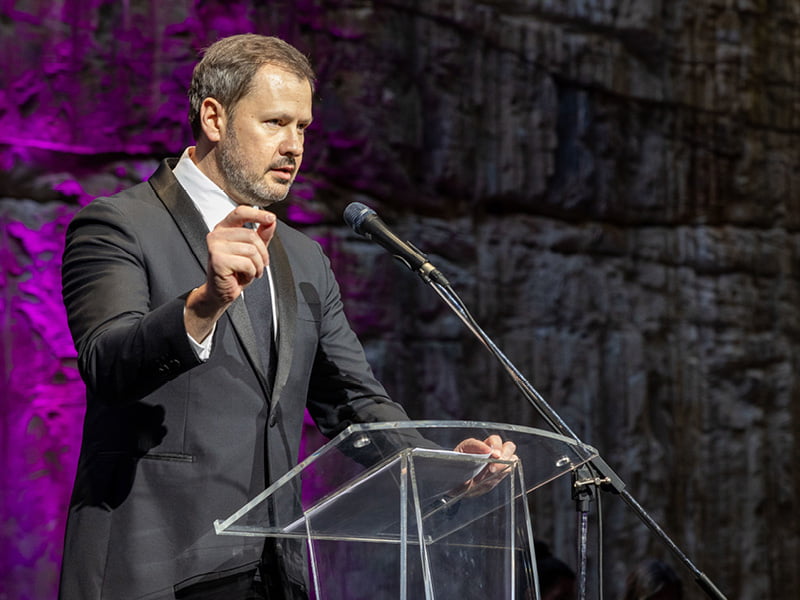The Albanese government will look to states and territories to amplify the impact of its flagship industry program by using their smaller innovation funds to help early-stage companies “get ready” for the $15 billion federal fund, which will have a minimum rate of return and could take years to get into full swing.
After months of debate, legislation for the Albanese government’s $15 billion National Reconstruction Fund (NRF) will be introduced on Wednesday. Industry consultations on investment mandates begin next week while a peak group to oversee the fund is appointed.
The key Labor election policy comes as state and territory governments increasingly disperse their own post-pandemic innovation investments, like the $2 billion Breakthrough Victoria Fund and the $703 million New South Wales Future Economy Fund.

The NRF is an ambitious $15 billion off-budget fund, modelled on the Clean Energy Finance Corporation, that will use a combination of loans, equity, co-investment and guarantees to invest in projects that help grow the economy and build sovereign capability in seven priority areas.
Industry and Science minister Ed Husic says consultations are already underway with states and territories on where common ground can be reached and that government counterparts will work together “where we can”.
“There’s a concern about, ‘are we off in different directions doing things? How do we get all that working in the same way?’,” Mr Husic said at an address to the National Press Club on Tuesday.
“Obviously where we can work together, I think it is important. But states and territories make their own decisions about direction that they believe suits their jurisdiction.”
The trend towards governments making investments in emerging companies and technology creates an opportunity for the state funds to “build up capability” early.
“We can see it in a way that those firms that get state or territory support as they mature get ready for support out of the NRF,” Mr Husic said.
The NRF will be set up with $50 million allocated over two years to the Industry and Finance departments in last month’s Budget.
Most of the money will go to the Industry department from next financial year, when the government hopes to have passed NRF legislation, set investment mandates and established the independent board to oversee the fund.
Mr Husic said he is conscious of the time it could take for investment to flow, as occurred in the early days of the decade-old clean energy fund the NRF is modelled on and the Northern Australia Infrastructure Facility (NAIF) which has allocated $2.6 billion of its $7 billion total since 2016.
The potential slow roll out of the latest federal fund is even more reason for state and territory coordination, Mr Husic said.
“That’s one of the things that I’m thinking through: how do we actually accelerate the impact of that investment? So, working with states and territories is one really important pathway to make that happen, and that’s what we were keen to do.
“I think there’s opportunity as much as there is something to keep an eye on,” Mr Husic said.
Both the Clean Energy Finance Corporation (CEFC) and the NAIF have target portfolio return rates of at least the five-year Australian Government bond rate plus at least three per cent. The return rate for the NRF is expected to be a significant debate.
Too low could attract less viable projects while too high could be a barrier for some of the cutting-edge technology the government wants to support.
Companies are expected to apply for either equity or debt funding through the NRF. Investment mandates and guidelines are yet to be determined, but Mr Husic appeared to rule out the fund being used to directly support things like companies’ energy transitions amid the current energy crisis.
Instead, Mr Husic said, the NRF would support clean energy companies and technologies through the NRF’s $3 billion sub fund to develop, commercialise and locally manufacture alternatives to drive down energy prices
“That’s the big thing that we want to see out of the NRF — to manufacture some of this technology… so that those firms have access to that technology can put it to work quicker to reduce their own carbon footprint and reduce the bill or the price of energy,” Mr Husic said.
Do you know more? Contact James Riley via Email.

